GPCR/G protein
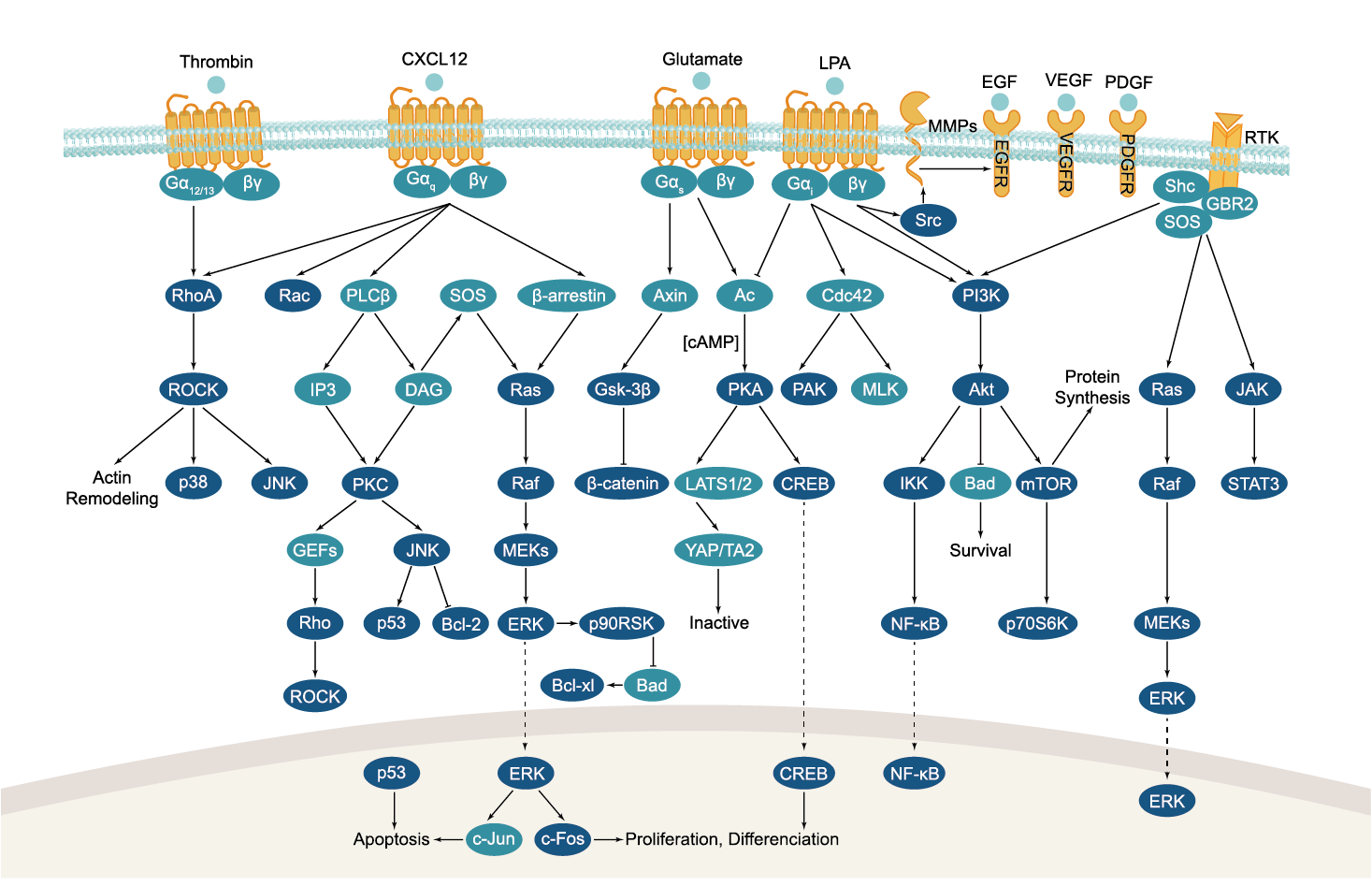

All GPCRs share a common seven trans-membrane structure. GPCRs are associated with heterotrimeric G-proteins which are GTP-binding proteins made of alpha, beta, and gamma subunits. When a ligand binds to GPCR, it activates the attached G-protein, the GDP is replaced with GTP. The activated G-protein then dissociates into an alpha and a beta-gamma complex which activates downstream signaling pathways. These intracellular signaling pathways include cAMP/PKA, calcium/NFAT, phospholipase C, protein tyrosine kinases, MAP kinases, PI-3-kinase, nitric oxide/cGMP, Rho, and JAK/STAT.
GPCRs are one of the most important therapeutic targets for various diseases, over 30% of all modern medicinal drugs target this family. Aberrant GPCR functions are involved in pathological conditions such as neurological, immunological and hormonal disorders. A large number of GPCRs have been identified, but whose ligands are not known, are classified as orphan receptors.
-
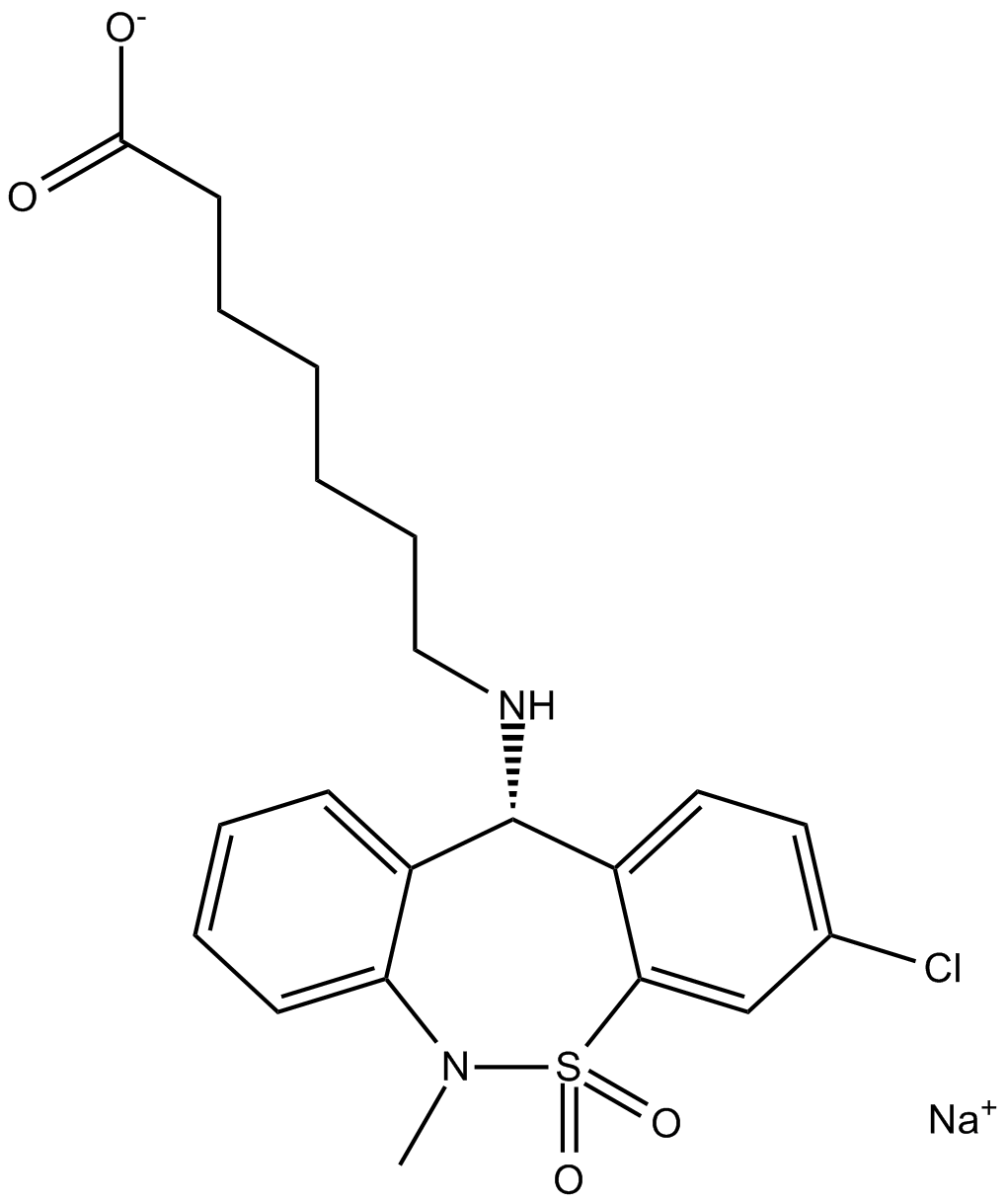 A5322 Tianeptine sodiumSummary: 5-HT uptake facilitator,selective,antidepressant
A5322 Tianeptine sodiumSummary: 5-HT uptake facilitator,selective,antidepressant -
 A3408 Exendin-43 CitationTarget: Glucagon-like peptide 1 (GLP-1) receptorsSummary: GLP-1 activator
A3408 Exendin-43 CitationTarget: Glucagon-like peptide 1 (GLP-1) receptorsSummary: GLP-1 activator -
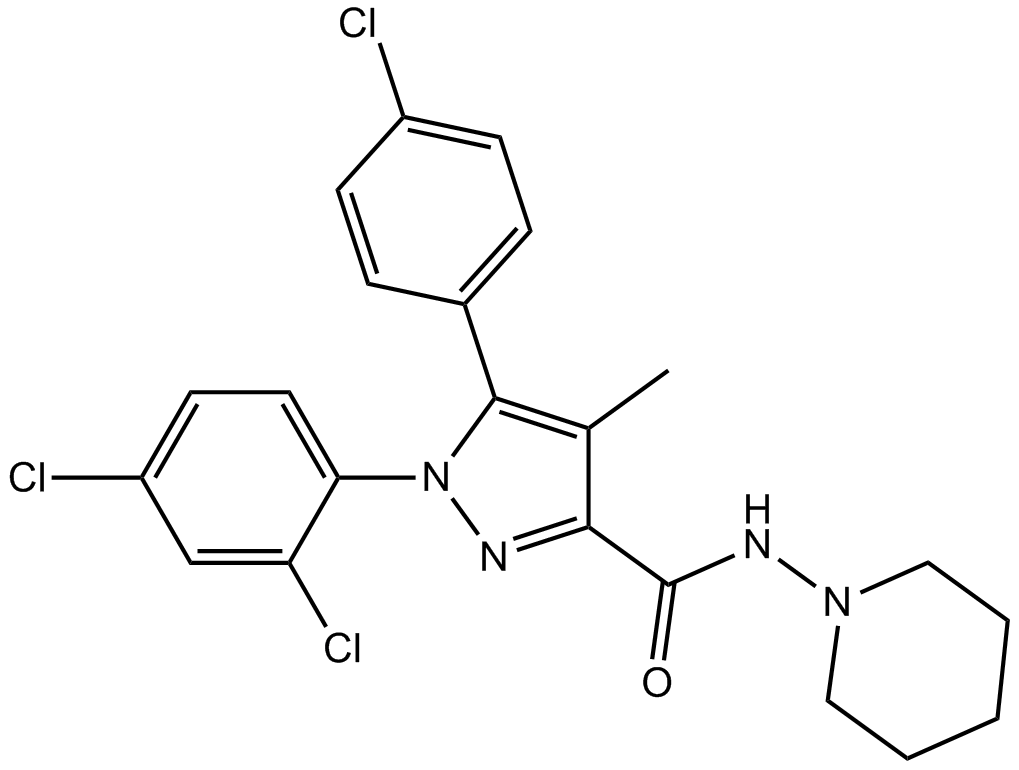 B1429 Rimonabant4 CitationTarget: CB1 Receptors|CB2 ReceptorsSummary: CB1 receptor antagonist
B1429 Rimonabant4 CitationTarget: CB1 Receptors|CB2 ReceptorsSummary: CB1 receptor antagonist -
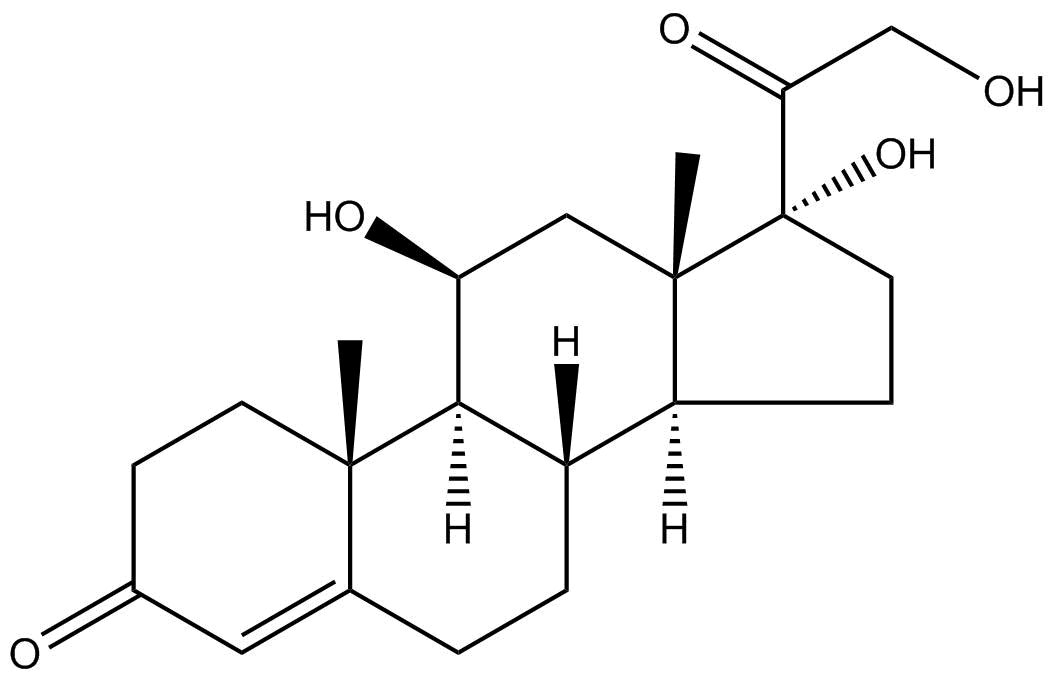 B1951 Hydrocortisone6 CitationSummary: steroid hormone or glucocorticoid
B1951 Hydrocortisone6 CitationSummary: steroid hormone or glucocorticoid -
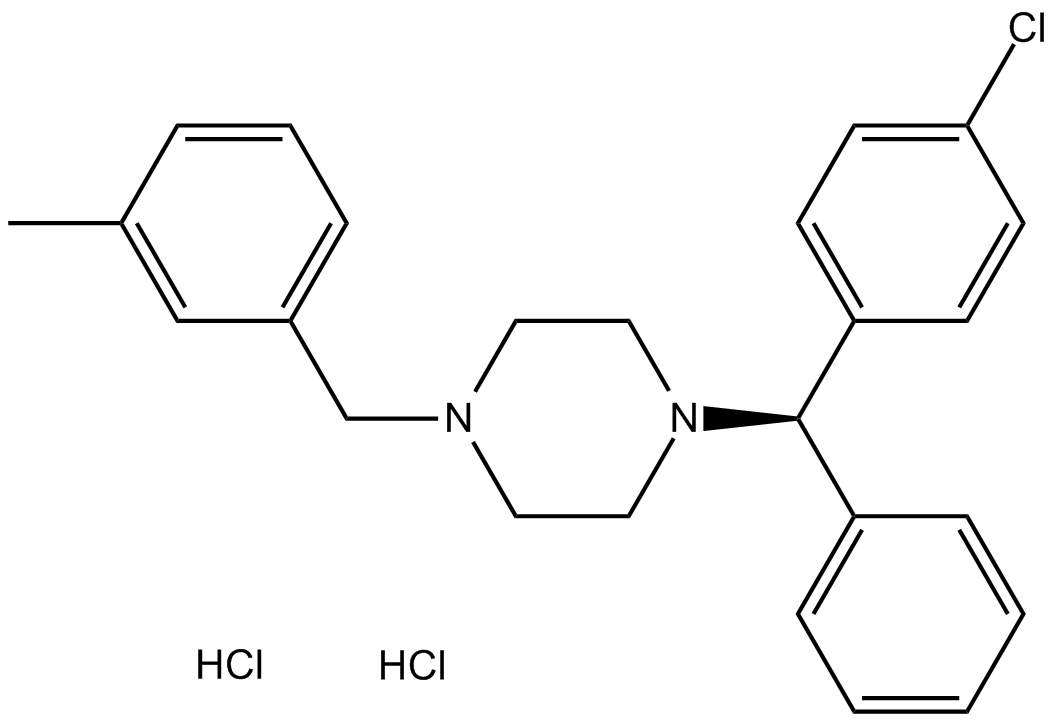 B1786 Meclizine 2HCl3 CitationSummary: Histamine H1 receptor antagonist
B1786 Meclizine 2HCl3 CitationSummary: Histamine H1 receptor antagonist -
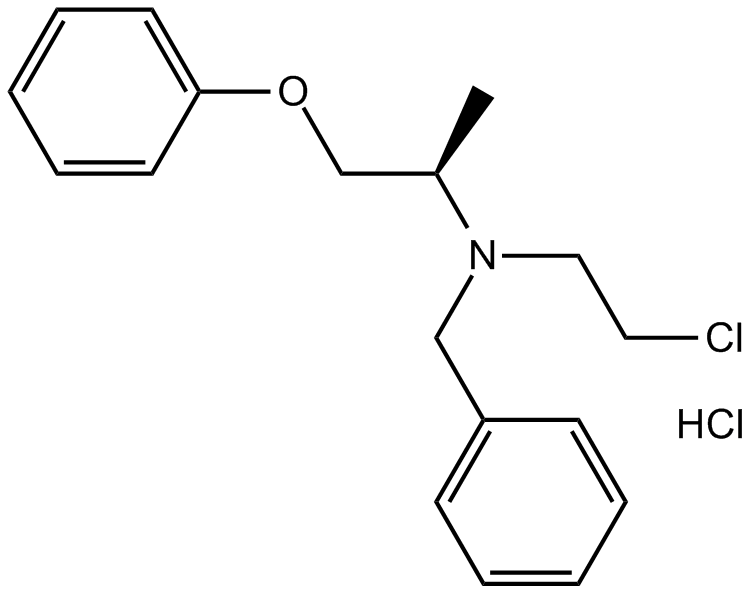 B1343 Phenoxybenzamine HClSummary: Adrenergic receptor antagonist
B1343 Phenoxybenzamine HClSummary: Adrenergic receptor antagonist -
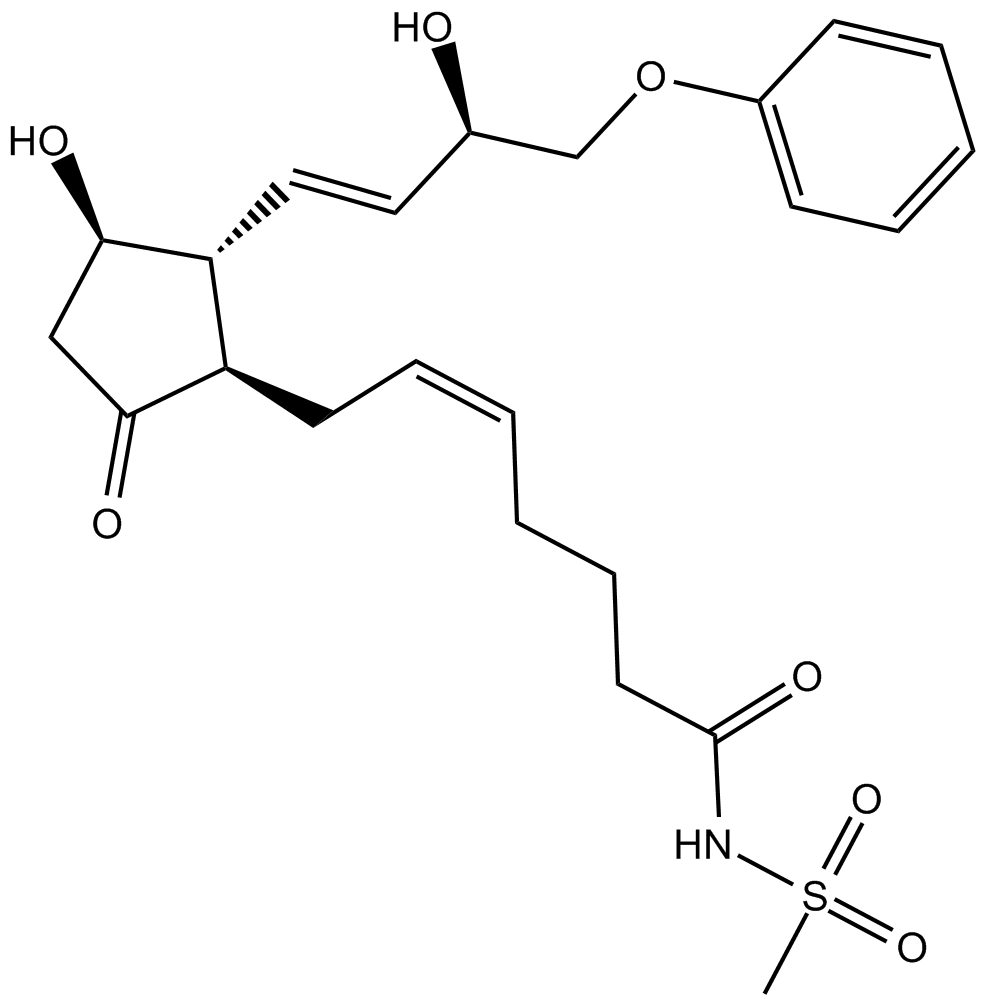 B7255 SulprostoneSummary: EP3 and EP1 receptor agonist
B7255 SulprostoneSummary: EP3 and EP1 receptor agonist -
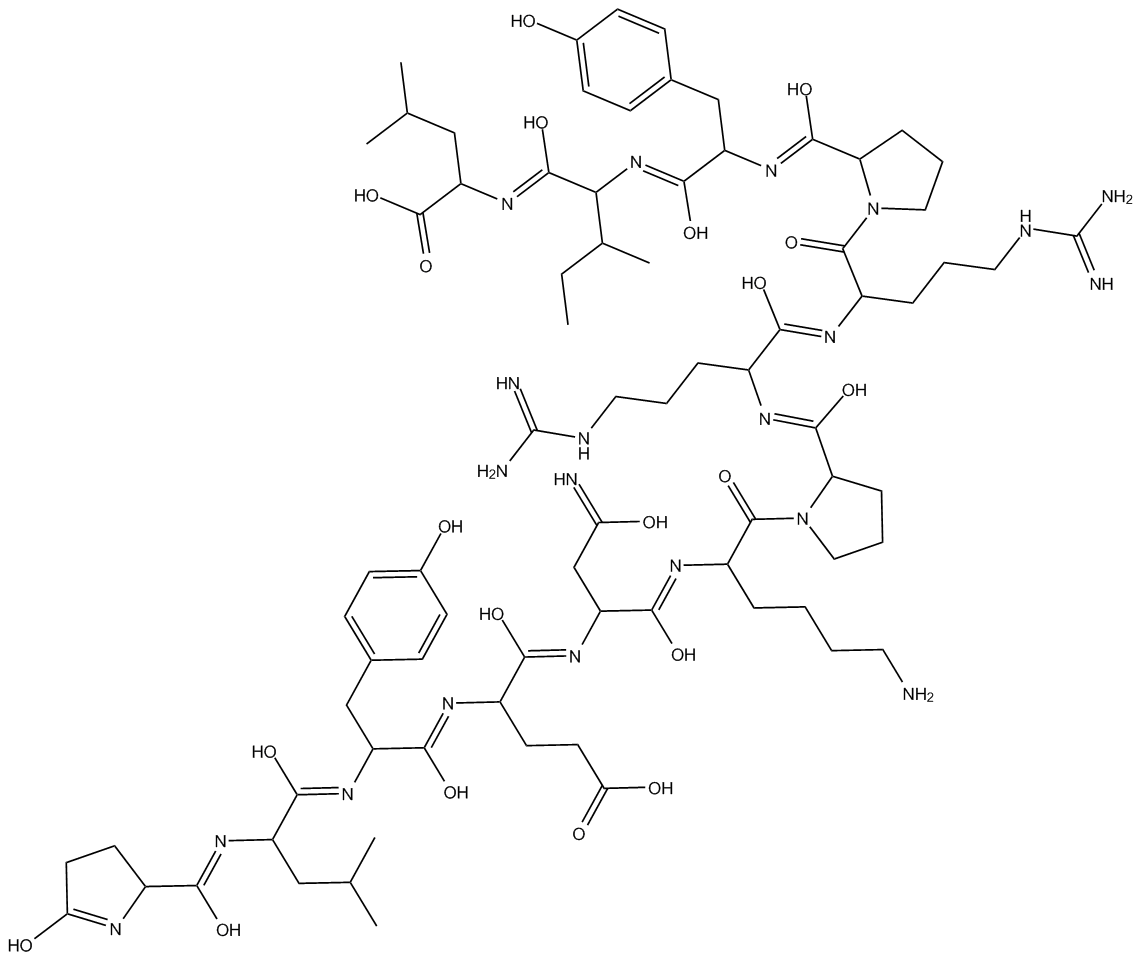 B5226 Neurotensin2 CitationSummary: NTR1 activator
B5226 Neurotensin2 CitationSummary: NTR1 activator -
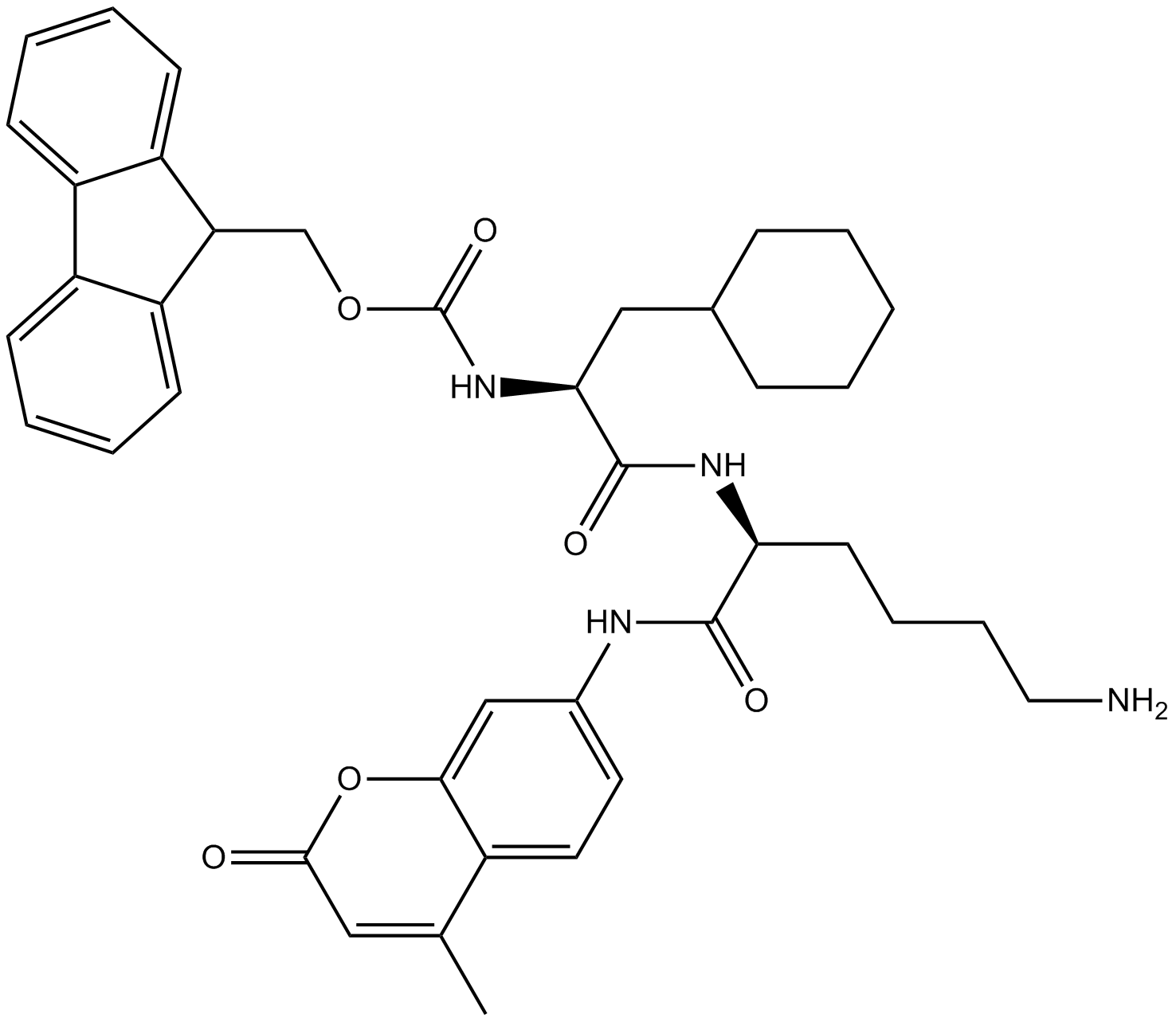 B5256 GalnonSummary: Novel non-peptide galanin GAL1 and GAL2 receptor agonist
B5256 GalnonSummary: Novel non-peptide galanin GAL1 and GAL2 receptor agonist -
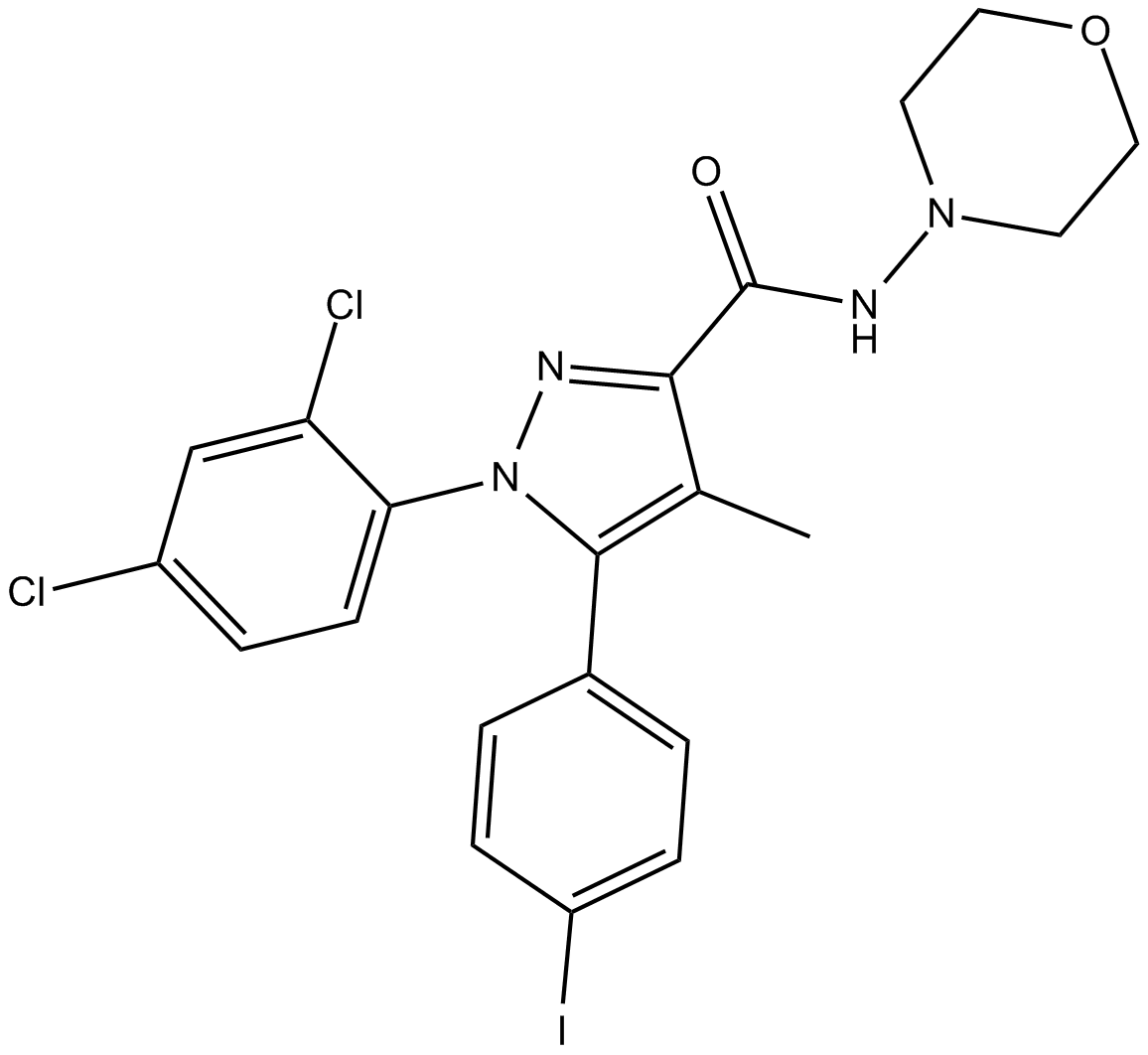 B6603 AM 2813 CitationSummary: CB1 antagonist
B6603 AM 2813 CitationSummary: CB1 antagonist


